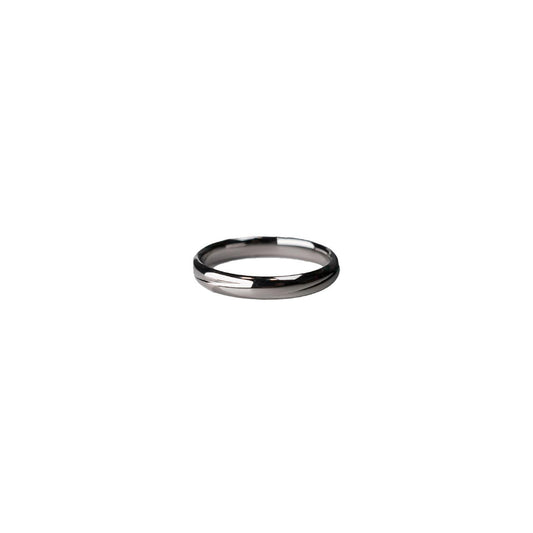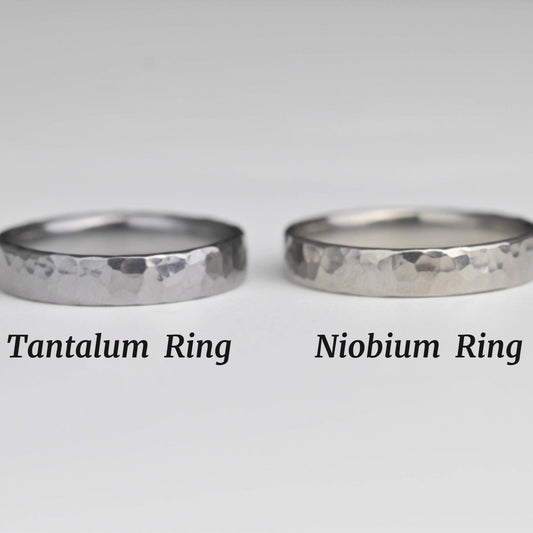The Allure of Lab-Grown Alexandrite Rings
The Allure of Lab-Grown Alexandrite Rings
There's something undeniably captivating about the shimmering color change of alexandrite. Known for its chameleon-like quality of transforming hues from a cool bluish-green in daylight to a warm purplish-red under incandescent light, alexandrite has held a special place in the world of gemstones. But a recent gathering with an old college friend, who now happens to be a gemstone enthusiast, introduced me to its lab-grown counterpart—a revelation that bridged the gap between fascination and affordability.
Our conversation took place over coffee one rainy afternoon when I noticed her wearing an extraordinarily lively ring. It was an alexandrite, or so I thought. Almost reading my mind, she revealed, "It's lab-grown." The phrase stirred some curiosity and a touch of skepticism. Could lab-grown really match the powerful allure of its natural sibling? As it turns out, the answer is yes, with a few added perks.
Lab-grown alexandrite is chemically identical to its natural counterpart, down to the atoms. Its genesis in a controlled environment, however, affords it a trilogy of benefits—predictability, price, and ethics. Traditional mining can be environmentally disruptive and fraught with ethical concerns. In contrast, lab-grown stones minimize those impacts. I found myself appreciating the conscious choice my friend had made, reflecting a broader trend of sustainable decisions that resonate with today's eco-aware culture.
The cost factor can't be ignored, either. Natural alexandrite is rare and often demands a price premium. I remembered the time, back when I was first scouting engagement rings for my partner, that a natural alexandrite was well beyond reach. Every price tag seemed to whisper, "Not today." The alternative offered by lab-grown versions turns that whisper into an invitation—an opportunity to own something exquisite without financial strain.
The style itself is another realm of possibility with lab-grown alexandrite. Whether set in a classic solitaire or a contemporary halo design, these stones present an opportunity for self-expression. My friend's ring, for instance, was set in a delicate rose gold band, allowing the shifting hues of the alexandrite to take center stage. It made me wonder how many other jewelry pieces could become canvases for this impressive stone.
As we parted ways that day, I couldn't help but think about the broader implications. The choice of lab-grown over natural isn't just about economics or ethics; it's a personal decision that reflects one's values and aesthetic. It’s fascinating how a simple choice of gemstone can spark discussions about sustainability, affordability, and individuality—things that matter as much in life's decisions as in style.
The next time you're considering adding a new gemstone to your collection or just exploring the world of jewelry, it might be worth taking a second glance at lab-grown alexandrite. With its unique ability to span colors and contexts, it could well become a standout piece in any personal collection. And who knows? Maybe it will even spark a conversation or two.

























